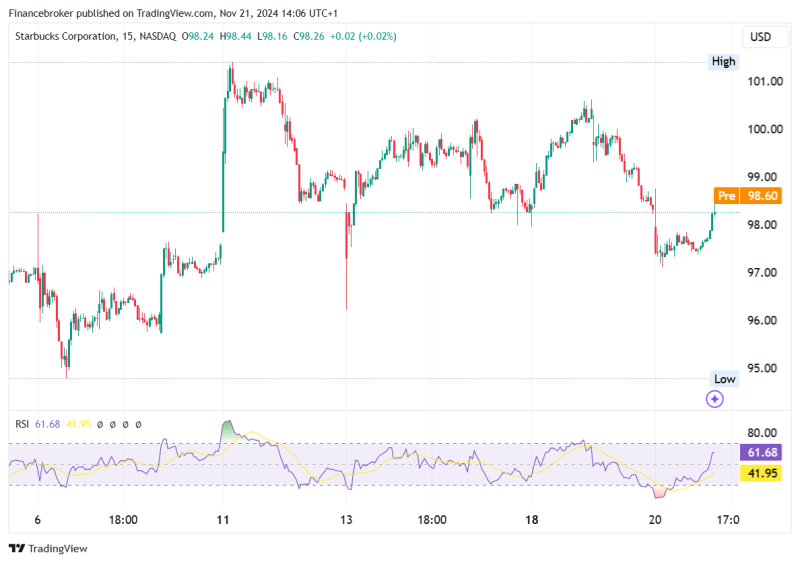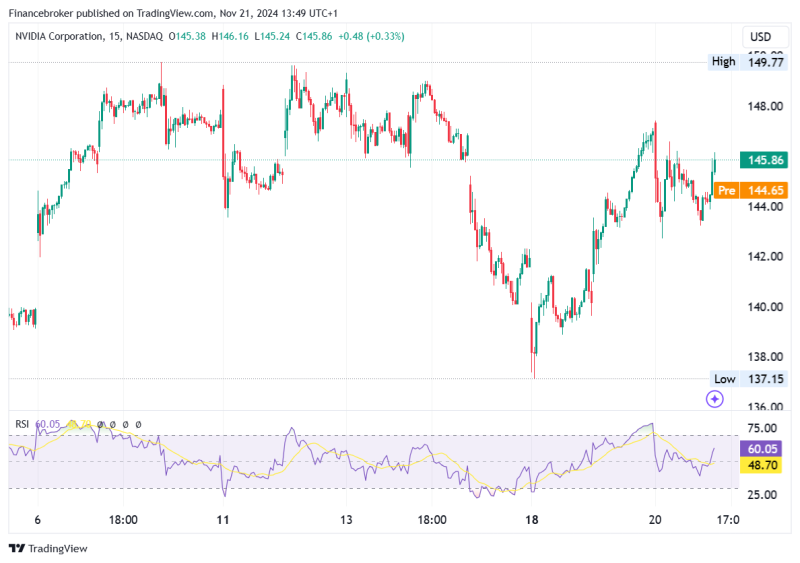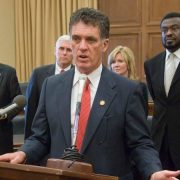
The Potential Effect of the US Election on Cryptocurrency
The upcoming 2024 US presidential election has an influence on various sectors, and the cryptocurrency industry is no exception. As crypto continues to gain mainstream attention, its role in the political landscape is becoming increasingly significant. This article looks at the potential impacts of the 2024 election on cryptocurrencies and examines the positions of Donald Trump and Kamala Harris.
Donald Trump’s stance on cryptocurrency has undergone a significant shift since his previous term in office. Once skeptical of digital assets, the former president has now positioned himself as a champion of the crypto industry, aligning his campaign with the growing interest in blockchain technology and decentralized finance.
Trump has declared his intention to transform the United States into the “crypto capital of the planet” if he returns to the White House. This promise has an influence on the intersection of cryptocurrency and US elections, as it seeks to energize its base and attract support from the digital asset community.
var cookie_token = $.cookie(‘token’);
url = window.location.href;
var param = url.split(‘?’)[1]
console.log(url);
if ($.cookie(‘token’) && param != ‘webview=true’) {
var settings = {
“url”: “https://my.financebrokerage.com/api/transactions/my”,
“method”: “GET”,
“timeout”: 0,
“headers”: {
“Content-Type”: “application/json”,
“Authorization”: `Bearer ${cookie_token}`
},
};
$.ajax(settings).done(function (response) {
if (response[0].status == “Approved”) {
$(‘.blur’).html(`
At a major cryptocurrency conference in Nashville, Tennessee, Trump outlined his vision for America’s crypto future. He pledged to defend the right to mine Bitcoin and ensure that every American has the right to self-custody their digital assets, free from government surveillance and control.
Trump’s campaign has embraced cryptocurrency, accepting Bitcoin donations as part of an effort to build what they call a “crypto army.” This move not only demonstrates Trump’s newfound enthusiasm for digital assets but also highlights the growing importance of crypto in campaign financing and voter engagement.
One of Trump’s most attention-grabbing proposals is his promise to establish a “strategic national Bitcoin stockpile” using the digital currency that the government currently possesses. Trump has stated that his administration will keep 100% of all cryptocurrency the U.S. government holds or acquires in the future. As of October 2023, it’s estimated that the U.S. government held more than GBP 3.93 billion worth of Bitcoin, largely seized from criminal investigations. This proposed stockpile would serve as the core of what Trump calls the “strategic national Bitcoin stockpile.” Critics argue that such a move could create conflicts of interest and raise questions about the government’s role in the crypto market.
Additionally, Trump has proposed creating a “Bitcoin and crypto presidential advisory council” with rules written by people who support the industry. This council could have a substantial impact on shaping future crypto policies and regulations.
Trump has also vowed to block the creation of a Federal Reserve-administered Central Bank Digital Currency (CBDC). He has called CBDCs a “dangerous threat to freedom,” echoing concerns within the crypto community about potential government overreach in digital finance.
These policy proposals have an influence on the broader crypto 2024 landscape, potentially shaping the future of DeFi and the relationship between cryptocurrency and US elections. As the campaign progresses, Trump’s crypto agenda will likely continue to evolve, reflecting the dynamic nature of both politics and the digital asset space.
Kamala Harris’s approach to digital assets has been evolving but remains somewhat ambiguous, reflecting the complex landscape of crypto regulation and policy.
There are indications that Harris may continue the Biden administration’s cautious approach to cryptocurrency regulation. Some analysts suggest that her administration could maintain a hardline stance on digital assets, potentially continuing the policies established under President Joe Biden.
Harris has been working closely with Brian Deese and Bharat Ramamurti, two prominent figures from the Biden administration known for their anti-crypto positions. Deese, played a central role in shaping the administration’s crypto policies, including the controversial “Chokepoint 2.0” initiative. An initiative that restricts the involvement of banks and other financial institutions in the cryptocurrency industry.
Ramamurti, who has been described as ‘the White House’s top crypto critic’, has a history of opposing pro-crypto legislation. His involvement in blocking a compromise on stablecoin legislation in 2023 has had an impact on the regulatory landscape for digital assets.
Despite the perception of a potentially tough stance on crypto, Harris’s campaign has been engaging with figures in the crypto industry. These meetings suggest an openness to dialog and potentially a more nuanced approach to crypto policy. The establishment of Crypto4Harris, a group dedicated to enhancing Harris’s appeal on cryptocurrency issues, underscores the growing importance of this topic in the upcoming election.
These engagements have led to some optimism within the crypto community. Billionaire investor Mark Cuban, a high-profile Harris surrogate and crypto advocate, has indicated that Harris’s campaign has expressed opposition to “regulation through litigation,” echoing a common complaint from the crypto industry about current regulatory approaches.
While Harris has not yet taken a definitive stance on crypto policy, there are signs that she may be open to a more balanced approach. At a fundraiser in New York City, Harris publicly expressed support for emerging technologies, including artificial intelligence and cryptocurrencies. She said, “We will encourage innovative technologies like AI and digital assets while protecting consumers and investors.”
This statement suggests that a Harris administration might seek to strike a balance between fostering innovation in the crypto space and ensuring consumer protection. It has an influence on the broader crypto 2024 landscape, potentially signaling a shift from the current regulatory approach.
Harris has the opportunity to bring clarity to crypto regulation, potentially by championing frameworks like the Financial Innovation and Technology for the 21st Century Act (FIT21). Such initiatives could provide the necessary guidance for the industry and position the U.S. as a leader in digital finance.
Moreover, Harris could potentially make crypto part of her broader “Opportunity Economy” vision, which prioritizes empowering small businesses, lowering costs for middle and working-class families, and expanding financial access. Crypto and blockchain technology could help achieve these goals by providing DeFi-enabled services, particularly for the unbanked and underbanked.
As the election approaches, Harris’s stance on crypto regulation could have a significant impact on campaign financing and voter engagement, especially among younger, tech-savvy voters who are increasingly engaged with digital assets. The crypto community, like many others, is eager for thoughtful leadership that understands the balance between innovation and protection, and Harris is positioned to potentially guide this landscape in a new direction.
`);
} else {
$(‘.blur’).css({
‘background’: ‘linear-gradient(95deg, #4e4e4e 25%, #000 45%, #bbb 75%, #FFFFFF 100%) 98%/200% 100%’,
‘text-transform’: ‘inherit’,
‘-webkit-background-clip’: ‘text’,
‘background-clip’: ‘text’,
‘-webkit-text-fill-color’: ‘transparent’
})
$(“.wpb_content_element”).append(`
Want to read more?
Click on the button below to access all premium content
articles by purchasing one of our educational packages
GET PREMIUM
`)
}
});
} else {
$(‘.blur’).css({
‘background’: ‘linear-gradient(95deg, #4e4e4e 25%, #000 45%, #bbb 75%, #FFFFFF 100%) 98%/200% 100%’,
‘text-transform’: ‘inherit’,
‘-webkit-background-clip’: ‘text’,
‘background-clip’: ‘text’,
‘-webkit-text-fill-color’: ‘transparent’
})
$(“.wpb_content_element”).append(`
Want to read more?
Click on the button below to access all premium content
articles by purchasing one of our educational packages
`)
}
});










